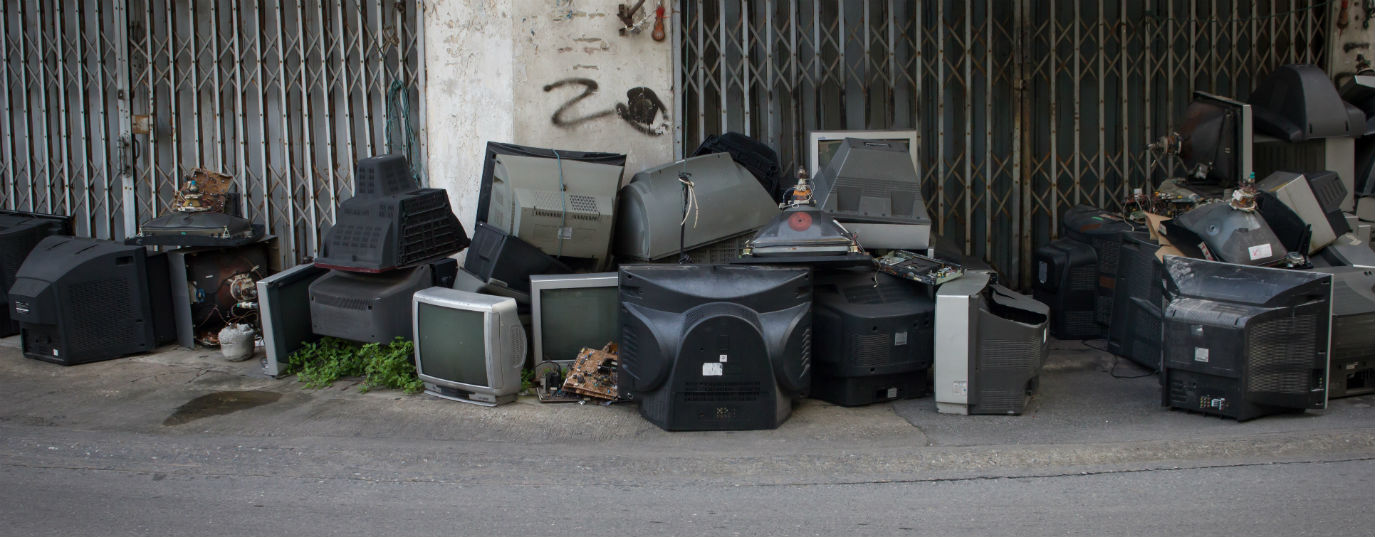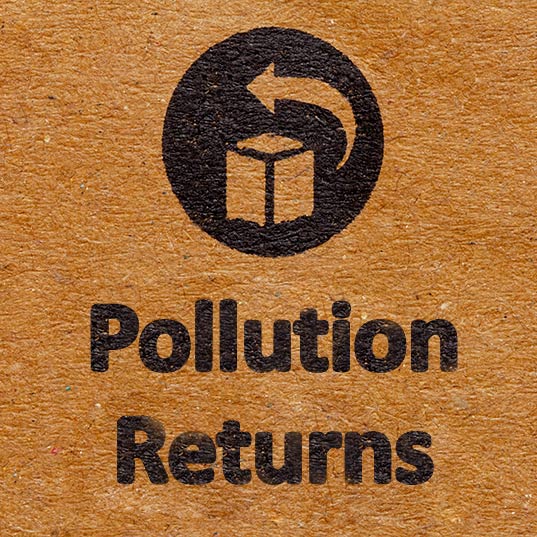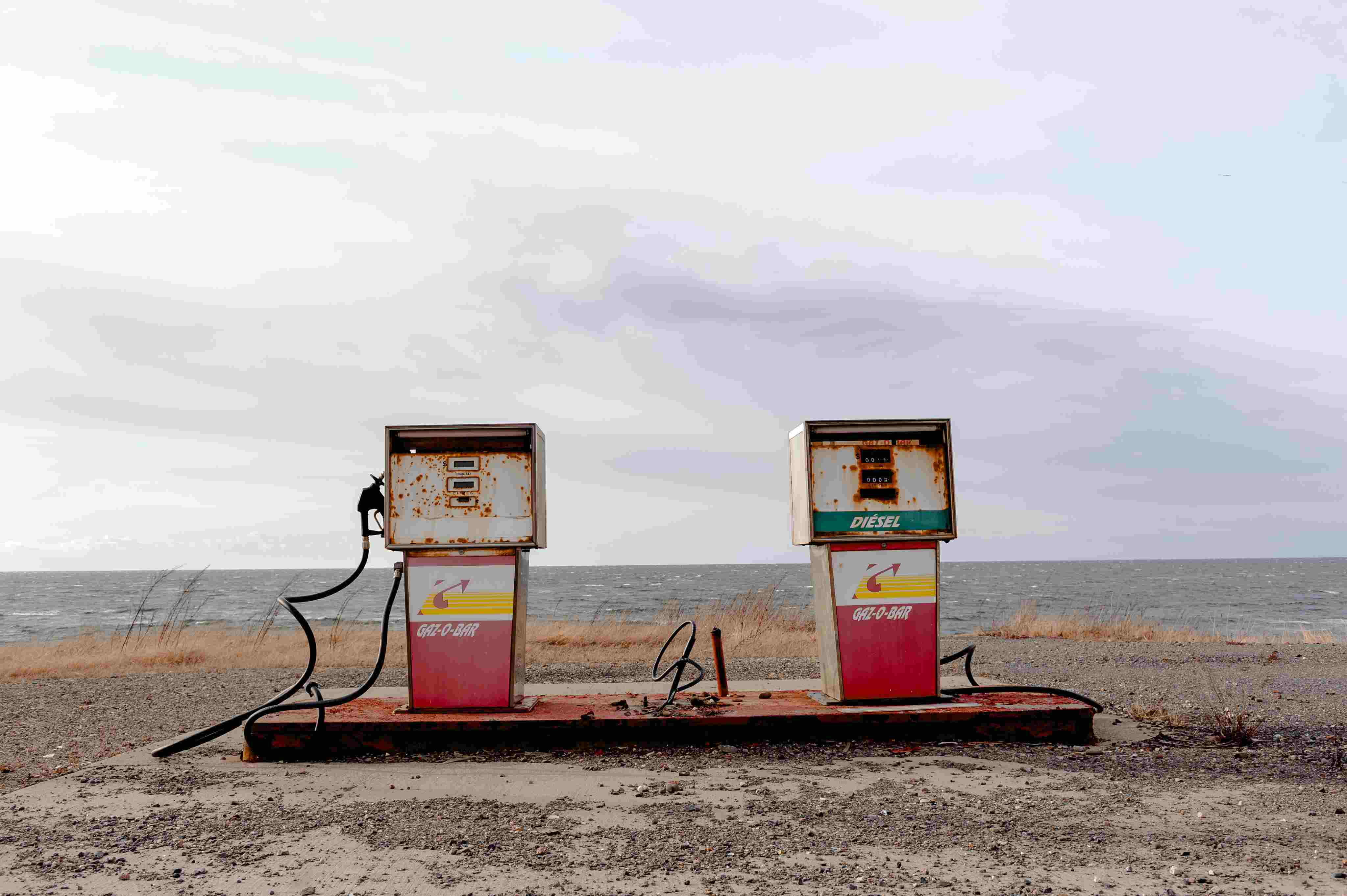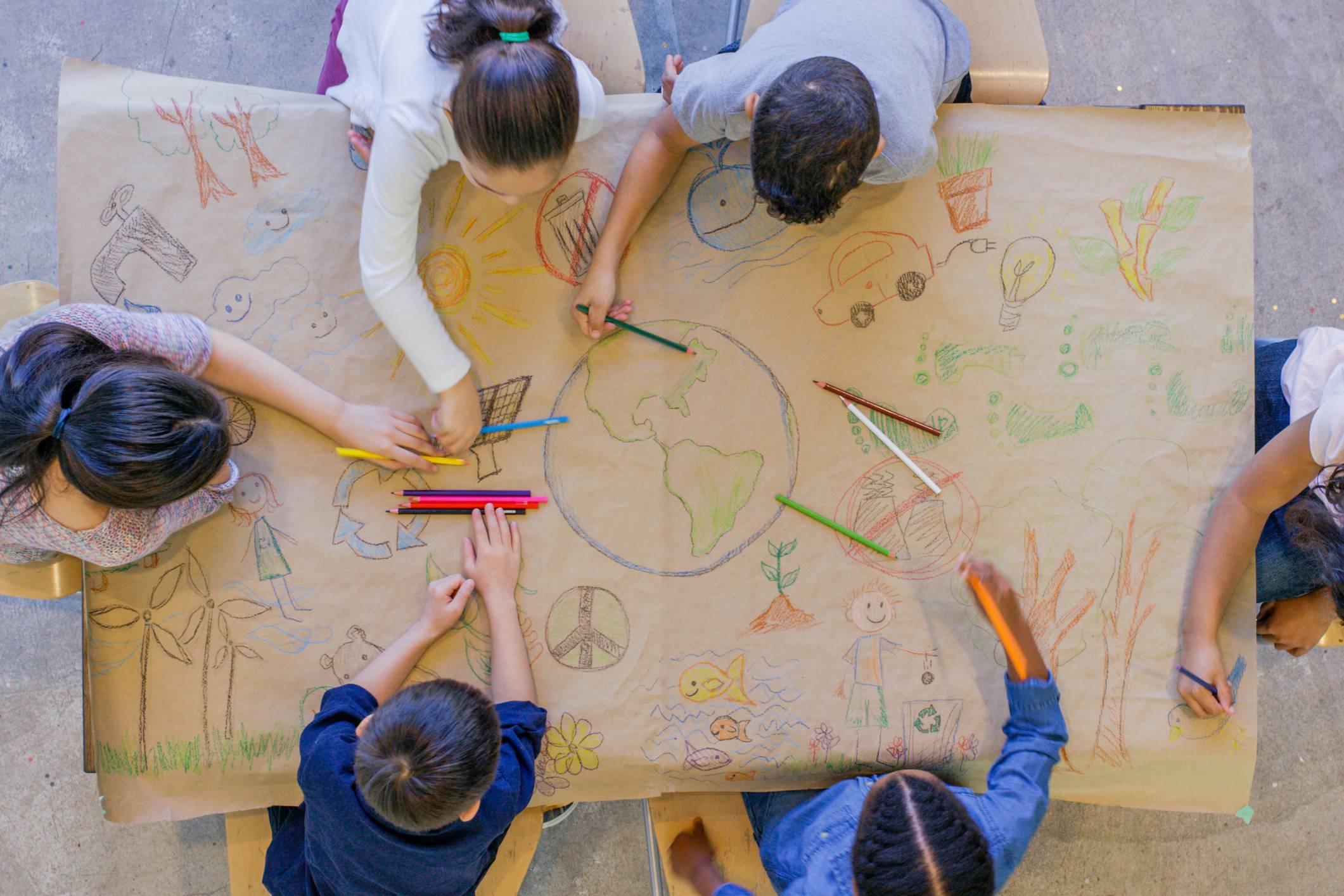Consumer society and the environmental impact on the planet
Consumer society’s environmental cost, such as planned obsolescence or waste levels increasing, is a dangerous threat for sustainable development
These days, all the products and goods we need are at our fingertips, from the most basic to the most sophisticated. But this seeming boon is a double-edged sword, as unfettered consumption by a minority of the global population is causing a resource deficit. Indeed, in recent years we’ve had to start studying what we’re consuming to understand the effects it is having on the environment and society.
Society’s present economic system is linear, based on the extraction of raw materials, manufacturing and production, distribution and buying, and ultimately discard. The main problems can be broken down as follows:
During natural resource extraction, we obtain raw materials and energy from nature to produce goods and services. Many of these resources are not renewable or regenerate very slowly, leading to a double dilemma: on the one hand, we are alternating the cycles or capacity of some resources to regenerate, for example the water cycle, and; on the other, we are producing raw materials and energy in a very polluting way, for example by burning fossil fuels.
In the elaboration process of raw materials, harmful chemical substances are introduced to facilitate production. This is often outsourced to developing countries where minimum legal requirements are not always respected and toxic by-products are generated.
Eliminating environmental and social costs
In the production and distribution of products, there is another problem: often the price of products does not reflect the real environmental or social cost of producing them, excluding pollution effects or underpaid labor, for example, and thus impacting upon the health and quality of life of people. The environmental and social costs which are not booked are known as negative externalities.
Then, when products are purchased, sales growth is based on planned obsolescence, i.e. products have ever-shorter useful lives and so people will consume more of them.
Finally, most products end up thrown on to the waste tip or burned for their energy value. Waste levels have doubled over the past 30 years and managing that is a problem in itself.
As such, the linear consumption model is unsustainable in the long term – and the solution lies in governments, companies and citizens transforming the economy. Governments should be incentivizing responsible production and legislating so that companies produce respectfully and accept the externalities of their processes. Consumers should be demanding responsible products and making informed purchasing decisions. And companies should be designing products responsibly and changing the linear production system to a circular one, where obsolete products are repaired and re-used.
Many people are already working in a circular economy, but we need to keep innovating to achieve a sustainable planet.
You can see how linear and circular economies work in the consumer society in the following video:







